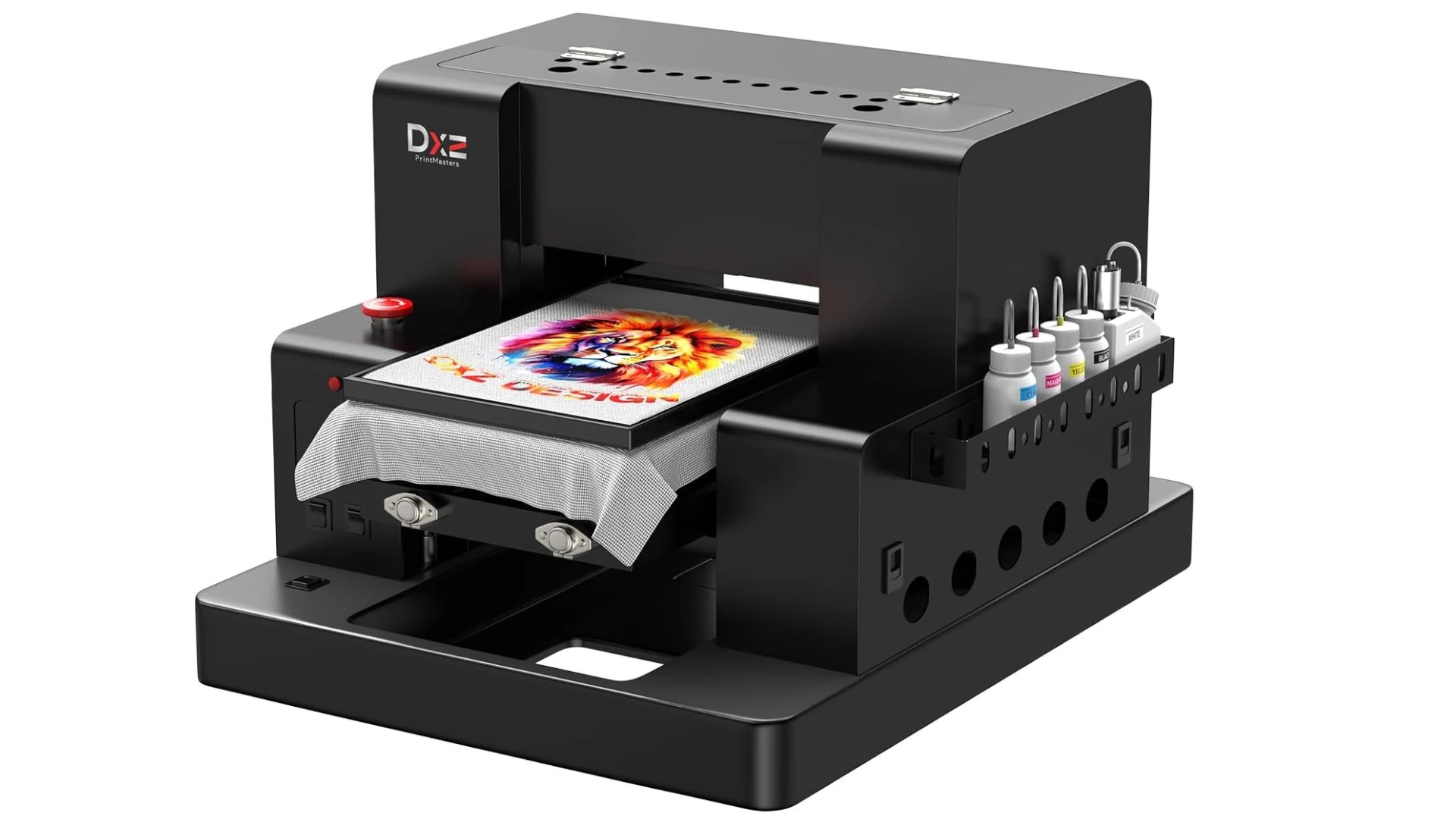In the evolving world of textile and apparel decoration, DTF (Direct to Film) printers are rapidly becoming a game-changing technology. Offering greater flexibility, affordability, and quality, DTF printers have emerged as a viable alternative to traditional methods like screen printing, heat transfer vinyl, and DTG (Direct to Garment) printing. This article delves into what a dtf printing is, how it works, its benefits, and considerations for those looking to adopt this technology.
What is a DTF Printer?
A DTF printer is a specialized inkjet printer that prints designs onto a special film using textile pigments and then transfers them onto fabric using heat and pressure. Unlike DTG printing, which prints directly onto the garment, DTF involves a transfer step that allows for more versatility and convenience.
DTF technology is especially popular in the custom t-shirt, sportswear, and promotional product industries, allowing small and mid-sized businesses to produce vibrant, durable prints on a variety of fabrics.
How Does DTF Printing Work?
The DTF process typically involves the following steps:
-
Design Creation: The design is prepared using graphic design software (e.g., Photoshop or Illustrator) and is mirrored before printing.
-
Printing on Film: The image is printed onto a PET (polyethylene terephthalate) film using a DTF printer with specialized textile inks, including white ink.
-
Applying Adhesive Powder: A hot-melt adhesive powder is sprinkled over the wet ink on the film and evenly distributed.
-
Curing: The film with adhesive is then passed through a curing oven or heat press to melt and fix the adhesive.
-
Transfer to Fabric: The prepared film is placed onto the garment and pressed using a heat press. After cooling, the film is peeled away, leaving the design on the fabric.
-
Post-Pressing (Optional): For extra durability, a second press is often done after peeling off the film.
Advantages of DTF Printing
-
Versatility: Works on a wide range of fabrics, including cotton, polyester, blends, nylon, and more.
-
Vivid Colors and Fine Detail: Produces bright, crisp designs with excellent detail and resolution.
-
Durability: Transfers are wash-resistant and retain color vibrancy over time.
-
No Pre-Treatment Needed: Unlike DTG, DTF does not require pre-treating garments, simplifying production.
-
Lower Startup Costs: Entry-level DTF printers are more affordable than some DTG or screen-printing setups.
-
Efficient for Short Runs: Ideal for small batches, custom jobs, and print-on-demand businesses.
Limitations to Consider
-
Maintenance: DTF printers require regular cleaning and maintenance, especially the white ink channels.
-
Adhesive Handling: The hot-melt powder can be messy and needs to be handled in a ventilated area.
-
Learning Curve: While user-friendly, mastering the right print settings and film/powder combinations may take time.
Who Should Use a DTF Printer?
DTF printing is well-suited for:
-
Small businesses and startups in the custom apparel market.
-
Online print-on-demand stores looking for fast and flexible production.
-
Print shops wanting to expand their offerings without investing in bulk screen-printing setups.
-
Creators and hobbyists interested in creating unique designs on various textiles.
Conclusion
DTF printers have brought a new dimension to textile decoration by combining ease of use, affordability, and high-quality output. Whether you’re launching a custom t-shirt brand or expanding your print shop, investing in DTF technology could provide the edge you need in a competitive market. With proper care and a bit of practice, a DTF setup can unlock new creative and business possibilities.
